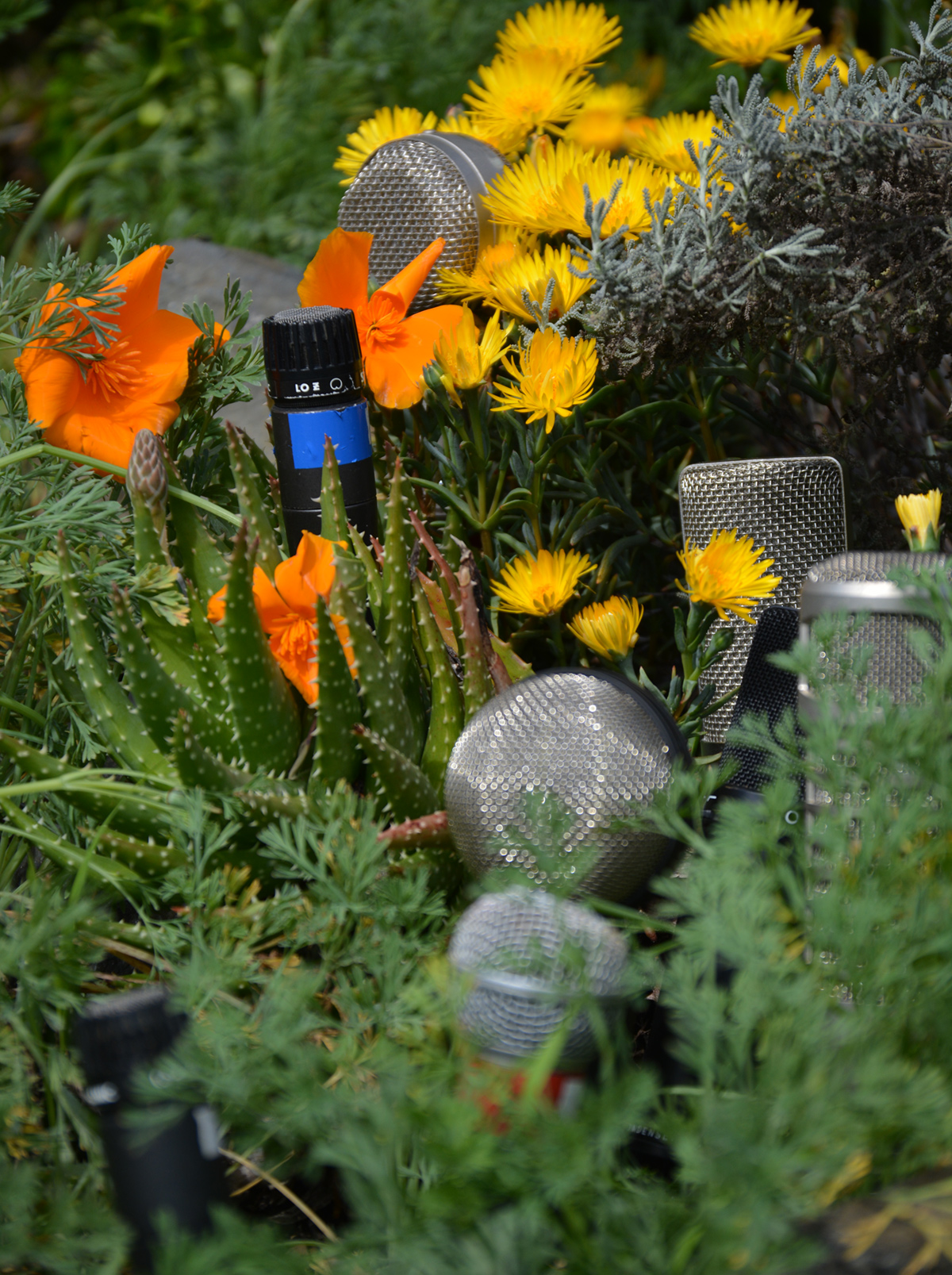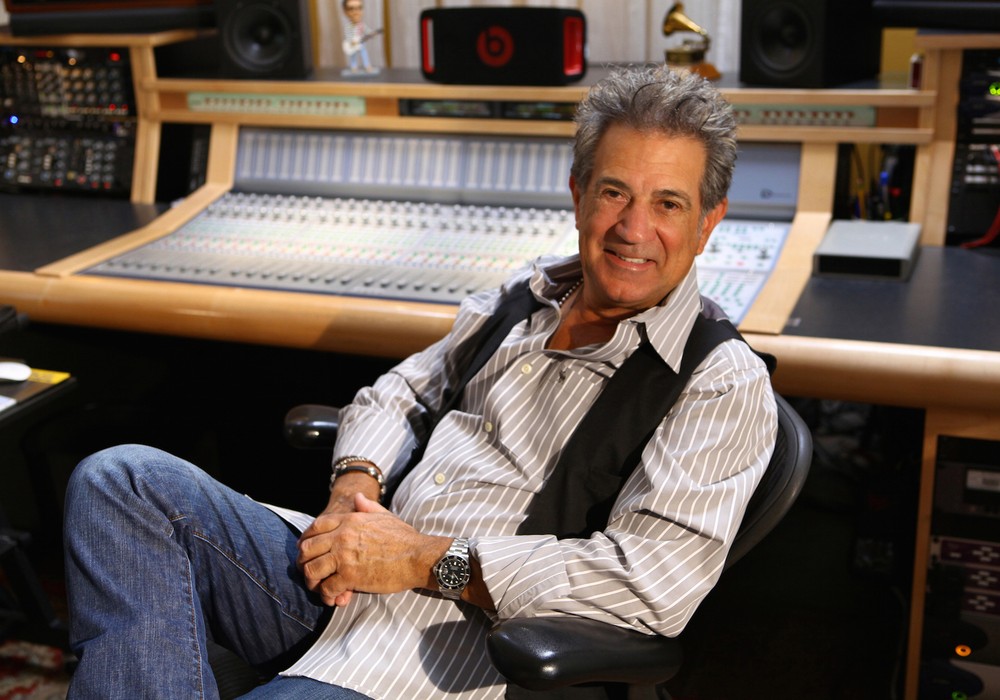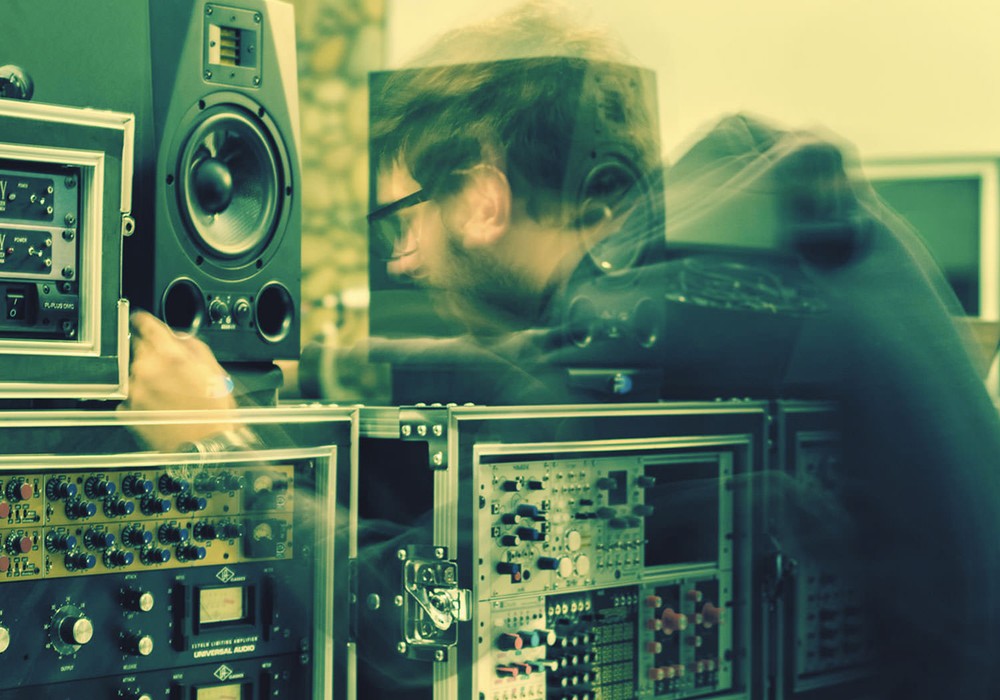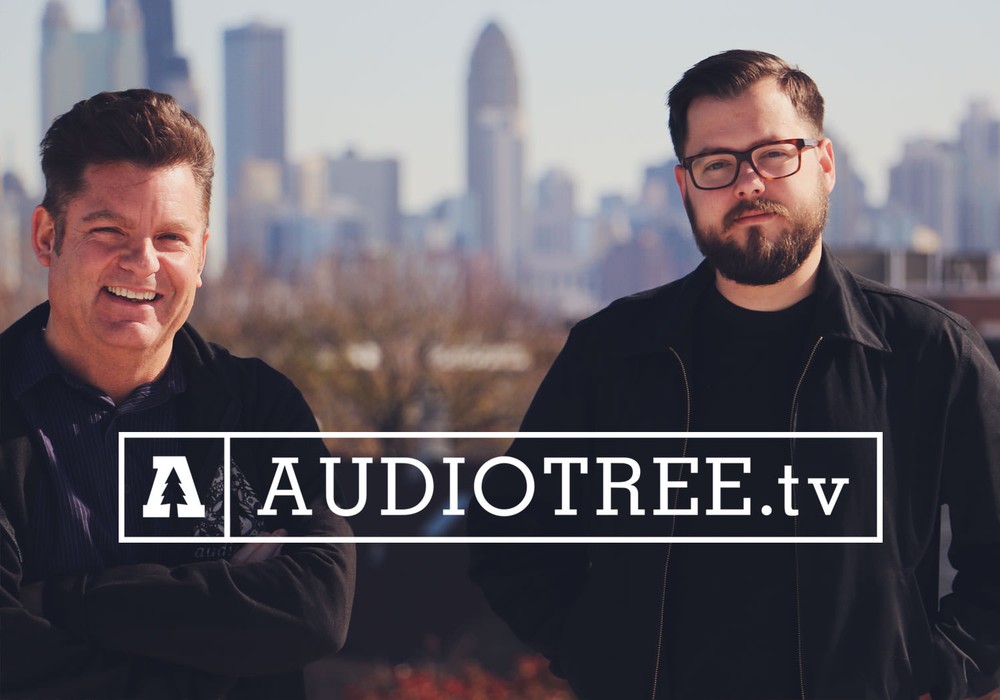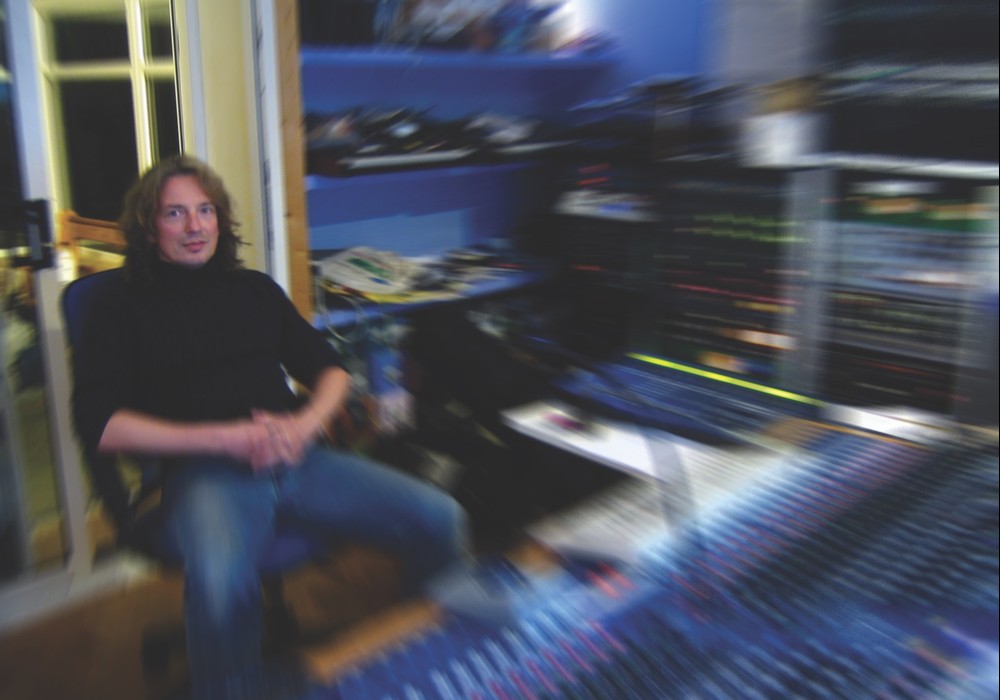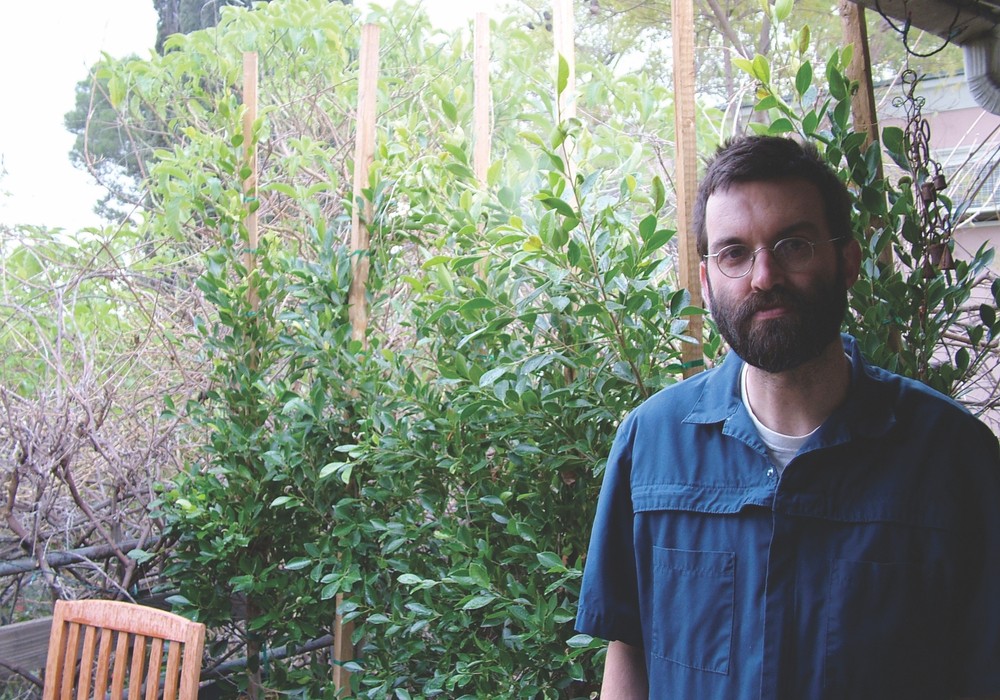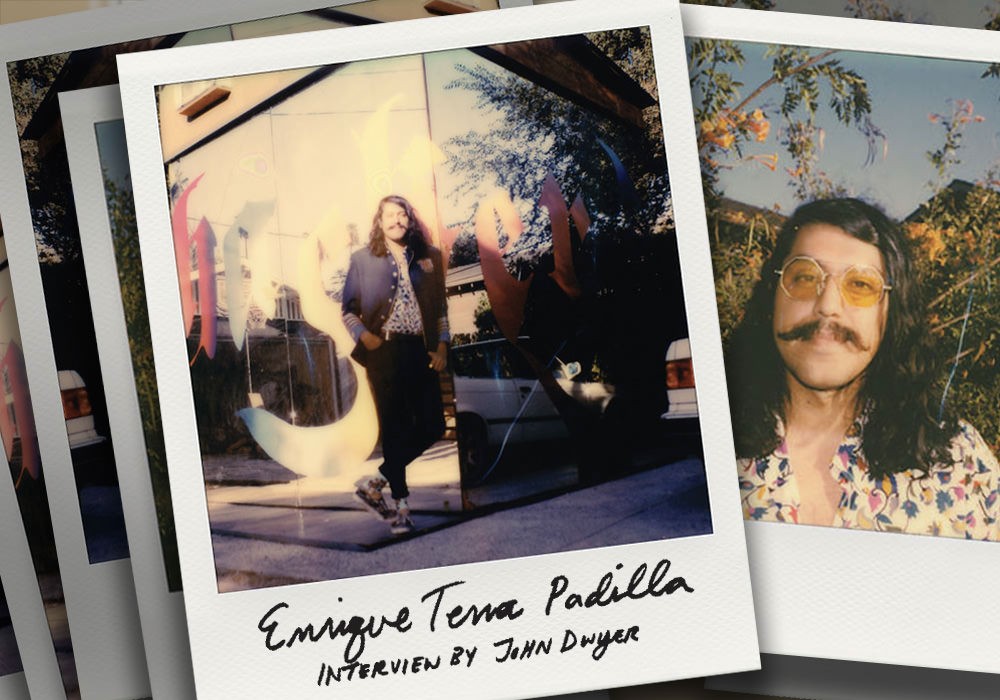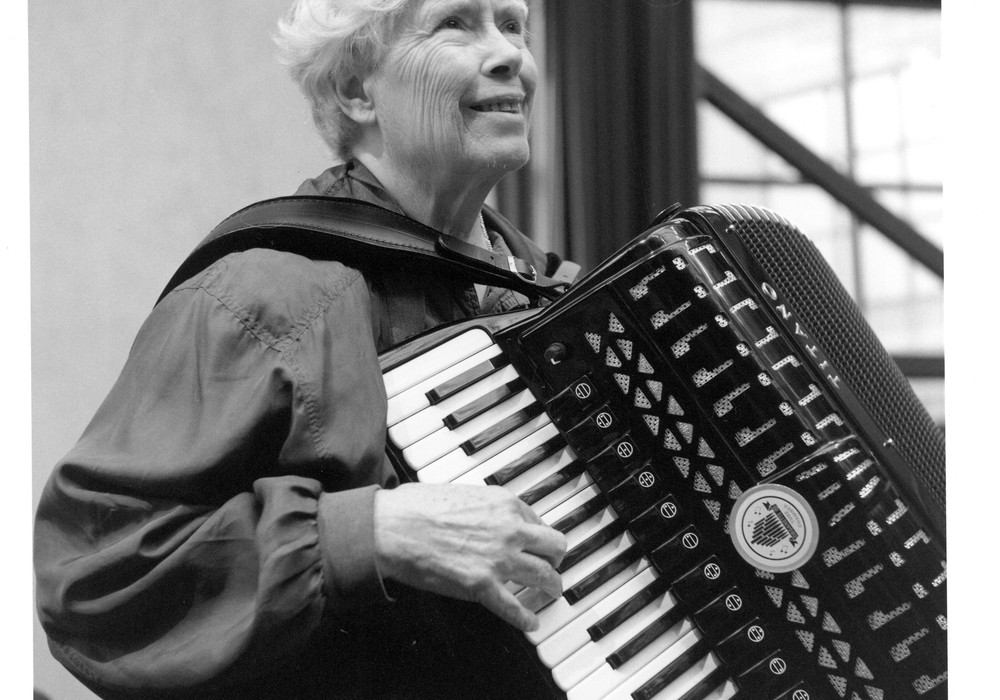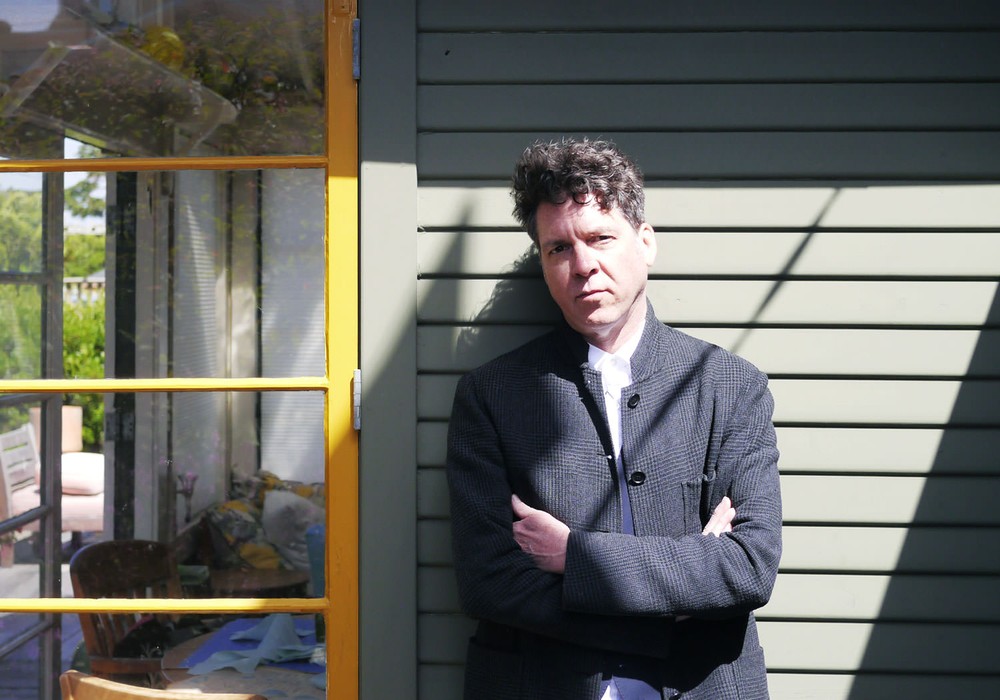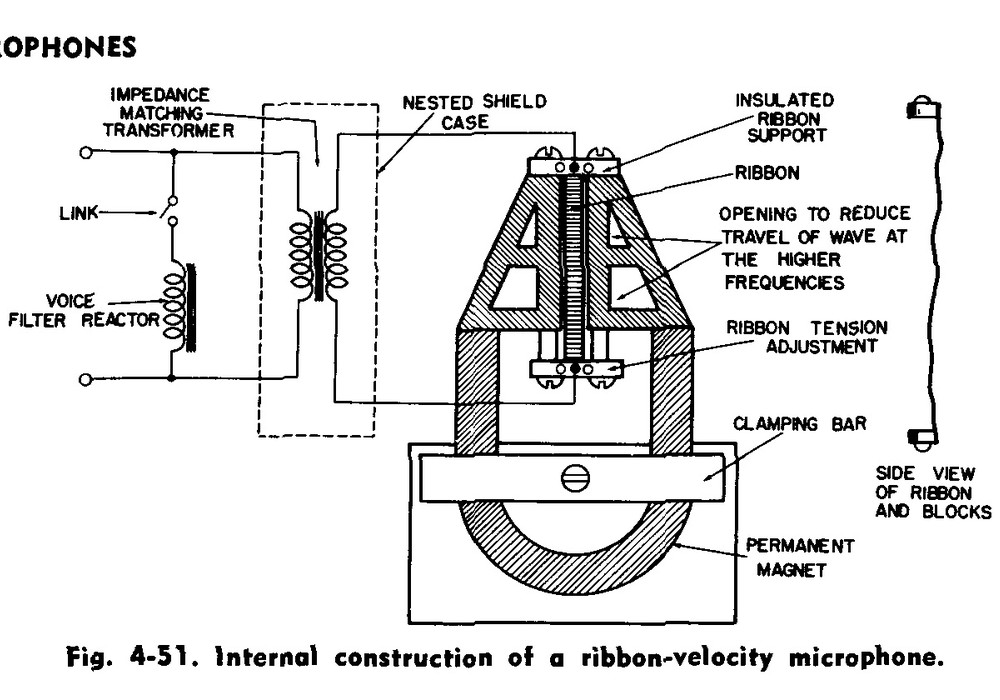Producer/engineer Val Garay is best known for his work on albums by James Taylor, Linda Ronstadt, Toto, Kim Carnes, Seals and Crofts, Jackson Browne, and The Motels. Interestingly, he comes from a show business family. His father was an entertainer who was close friends with Errol Flynn, Max Baer, Lauren Bacall, and Bing Crosby. We met up at his home studio, off of beautiful Topanga Canyon, in Los Angeles, to discuss his career and recording techniques.
Were you born in L.A.?
No, I was born in San Francisco. My father and mother named me after my father's business partner and my godfather, Val Christensen, who was a Norwegian gentleman. He was a very famous orthopedic surgeon in San Francisco. My grandmother was Mayan Indian, and my grandfather was Spanish, so my last name, Guerre, as they say in English, in Spanish is pronounced [Gar+rye]. It's a Basque name. My great grandfather was born in the Pyrenees Mountains in Spain. I grew up in Burlingame, California, which is one of the richest town in Northern California, next to Marin. I grew up next door to the Bing Crosby family. I went to Burlingame High School and then on to Stanford. I went to Stanford School of Medicine. I was in my second year of undergrad when I left. I got in a band, made a hit record, and ended up in the music business.
It turned out all right!
Stanford, too. That's no slacker place. I had a full scholarship.
You've had such a well-rounded body of work.
Well, it's because of [producer/engineer] Dave Hassinger. He attracted all those kinds of people; but he was at a point in his life where he didn't want to do it any more, so he pawned them off on me.
How did you first meet him and get involved at The Sound Factory?
I was being managed by a guy named Michael J. Gruber. He was the Rolling Stones' tour manager in the '60s. He left the Stones to start his own management company. At the time, he was managing myself, Moby Grape, Arthur Lee and Love, a band called Help, and somebody else. He started getting me my very first production jobs and I needed a studio to work in. He new Dave because of his work with the Rolling Stones all those years, so he took me The Sound Factory and introduced me. When I started working with Dave, he was the engineer. Then I realized I wasn't going to get any major clients that way, so I had to figure something else out. One day Dave said that I had a great pair of ears, and that I should come work with him and let him teach me to be an engineer. That's how it happened.
Then he just started giving you more work?
Well, Peter Asher originally came to work with Dave Hassinger, but again Dave was at the point in his life, in his fifties, where he didn't want to work anymore. Peter and I were the same age, and he kept pawning me off on Peter. Peter realized, as smart as he was, that I was actually really good. He told Dave, "Hey, he's great. Go home. I'll stay with Val." That's how that happened.
El Chicano's cover of "Brown Eyed Girl" must have been fun to record.
That was my first hit record, my first time at The Sound Factory, and the first record I ever engineered. Don Buday, who co-produced the record with me, was a dear friend of mine. He got a call from a guy who was the head of Kapp Records at MCA, who El Chicano was signed to, asking if he wanted to produce the next El Chicano record. Why, I don't know, because he's not a producer. He never produced a record in his life. He calls me up and says, "Hey, I've got this job. You want to do this record with me?" I go into the studio, and we're getting ready to cut this record with El Chicano. I can remember sitting at the console at The Sound Factory, just frozen. I'd never engineered a record in my life, and Dave's standing over the top of me saying, "Do this with the congas. Move that over there. Do this to the kick drum." He tweaked the whole thing. Suddenly, the whole session started to turn into something. Then Don got this brilliant idea of re-recording "Brown Eyed Girl" with them, doing it kind of like the "Mexican Everly Brothers." It was a huge hit.
That's a great version. I love that record.
They were a...
